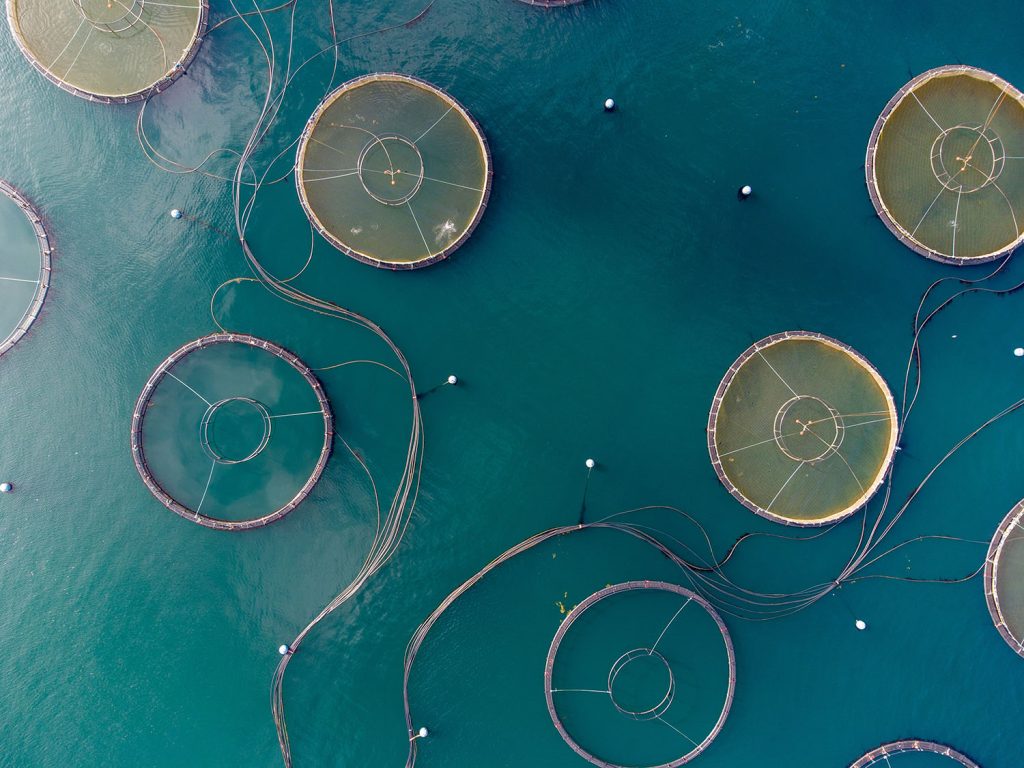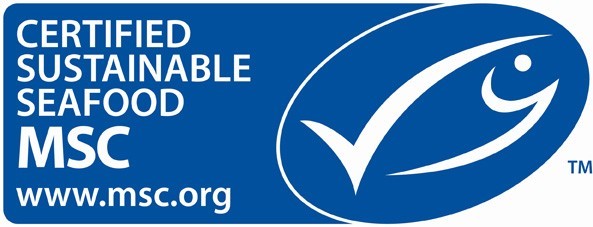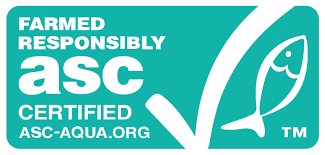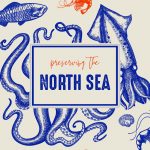How do I buy sustainable fish?
That’s a question that has been on our minds ever since we embarked on this project. Before starting this journey, our idea of eating fish in a sustainable way was to avoid tuna, but unfortunately that’s only the tip of the iceberg. If we want to make sure that we can enjoy a beautiful piece of fish on our plates, there’s way more to consider than refraining from that crimson chunk of blue tuna at the sushi shop or a homemade tuna salad sandwich.
But what do you have to take into account when you want to buy sustainable fish?
First things first… what is sustainable fish?
An image says more than a thousand words the saying goes, so if you want you can right away skip down to this explanatory video. For the more literate visitors, here’s a short breakdown.
Wild Caught Fish

Before you think about sustainable fish, you’ve got to know what a fish is! Sounds silly, but it’s true. There are two broad groups of fish available in the grocery store or at the fish shop. The first category is wild caught fish. Those are all the fish caught on a boat by a fisherman. Methods can vary. Lines with hooks, cages, harpoons, bottom trawls, spinners, gillnets and more. Turns out, there’s a lot more than one way to catch a fish, and not all of them are as sustainable as others.
Sustainably caught wild fish is fish that:
- doesn’t jeopardise the survival of it’s species or the ecosystem it’s a part of
- is caught with a sustainable fishing method that reduces the amount of bycatch to a minimum
- supports local communities and preserves seaside economies
Farmed Fish
The second category of fish are farmed fish. These are fish that live in large tanks. Think of the tanks you’ve seen in your grandmother’s living room, except, like, really really huge. And just Like your grandma, employees at the fish farms are responsible for feeding the fish and cleaning the water with filters and other methods. As you have probably already guessed, some farms are more sustainable than others.

Sustainably farmed fish is fish that:
- doesn’t pollute the ocean with it’s waste
- is kept separate from wild fish populations to prevent that the often genetically changed fish mix with the wild fish and change the ecosystem
- is kept healthy (good food, enough space and no antibiotics)
Watch the video
How can you tell if the fish laid at your local fishmonger or supermarket is sustainable?
Ok, so now you know what a sustainable fish is. But how can you as a consumer tell if the fresh fish laid out at your local fishmonger or the frozen one at the supermarket is actually caught or farmed in a sustainable way? Here are a few pointers to get you started.
When buying fish at the supermarket
Look at the label

The MSC label is on fish products that are caught in a sustainable way. MSC (Marine Stewardship Council) manages and develops a certification program for sustainable fisheries.

The ASC quality mark is on fish products that are responsibly farmed. ASC (Aquaculture Stewardship Council) is an independent, international non-profit organization.
Shop at stores that sell sustainably caught fish
This will of course depend on the type of store you go to. For a grocery store the above labels are a good indicator, but some supermarkets go the extra mile. In Belgium for example Lidl has been making tremendous efforts over the past few years to only offer sustainably caught or farmed fish. And a product currently being promoted is Mowi (Norway). The company believes that by farming the ocean they can sustainably produce healthy, nutritious and affordable food for society at large.

Shopping sustainably at your local fishmonger
When shopping at your local fish shop or on the market, the above guidelines will be harder to follow. And from our personal experience asking your fishmonger won’t always give you the information you were hoping for.
On one of my last trips to the local fish shop I got the following reply when asking of the fish was in season: “All our fish are good”.
So here are a few tips to help you on your way to prevent standing for a long time with your phone in hand in front of the window and looking like a little creepy outside before going in to buy something.
1. Download a fish app
Lot’s of countries have a specific app or website listing the different types of fish, how they are caught, when they are in season and of they are overfished of not.
2. Check the fishing region
Not all stores do it, but often the sector where the fish has been caught is mentioned. That will give you a good idea if it was sourced locally or not. For example, shops in Antwerp have signs like these that indicate where the fish was procured.
Subarea IV North Sea
Division IV a Northern North Sea
Division IV b Central North Sea
Division IV c Southern North Sea
Unfortunately, these signs don’t always imply the catch method. So don’t think that knowing where a fish was caught tells you how a fish was caught. But you may want to select a fish caught near your home rather than one shipped from the other side of the planet.
3. Buy whole fish
There are more delicious parts to a fish besides the fillets. Buy a whole fish and use all it’s parts. When I buy a whole fish or shellfish I ask the fishmonger not to fillet it. This way I can use the head, skin and bones to make a delicious fish broth. Once you get the hang of it, it doesn’t take that much work and the flavor is next level compared to a dehydrated stock powder. Plus it’s zero waste and comes for free with your fish! Use it the next day to make a wholesome ramen or sauce or freeze for later use.
Or, if you’re feeling bold, use the head and guts to make fermented fish sauce ;).
4. What about bycatch?
Often times less marketable fish, not to mention other marine creatures, wind up getting trapped in large-scale commercial fishing nets and trawls unintentionally. This is known as bycatch.
There’s a lot to say on bycatch. So look for more stories on the topic in the near future.





Recent Comments